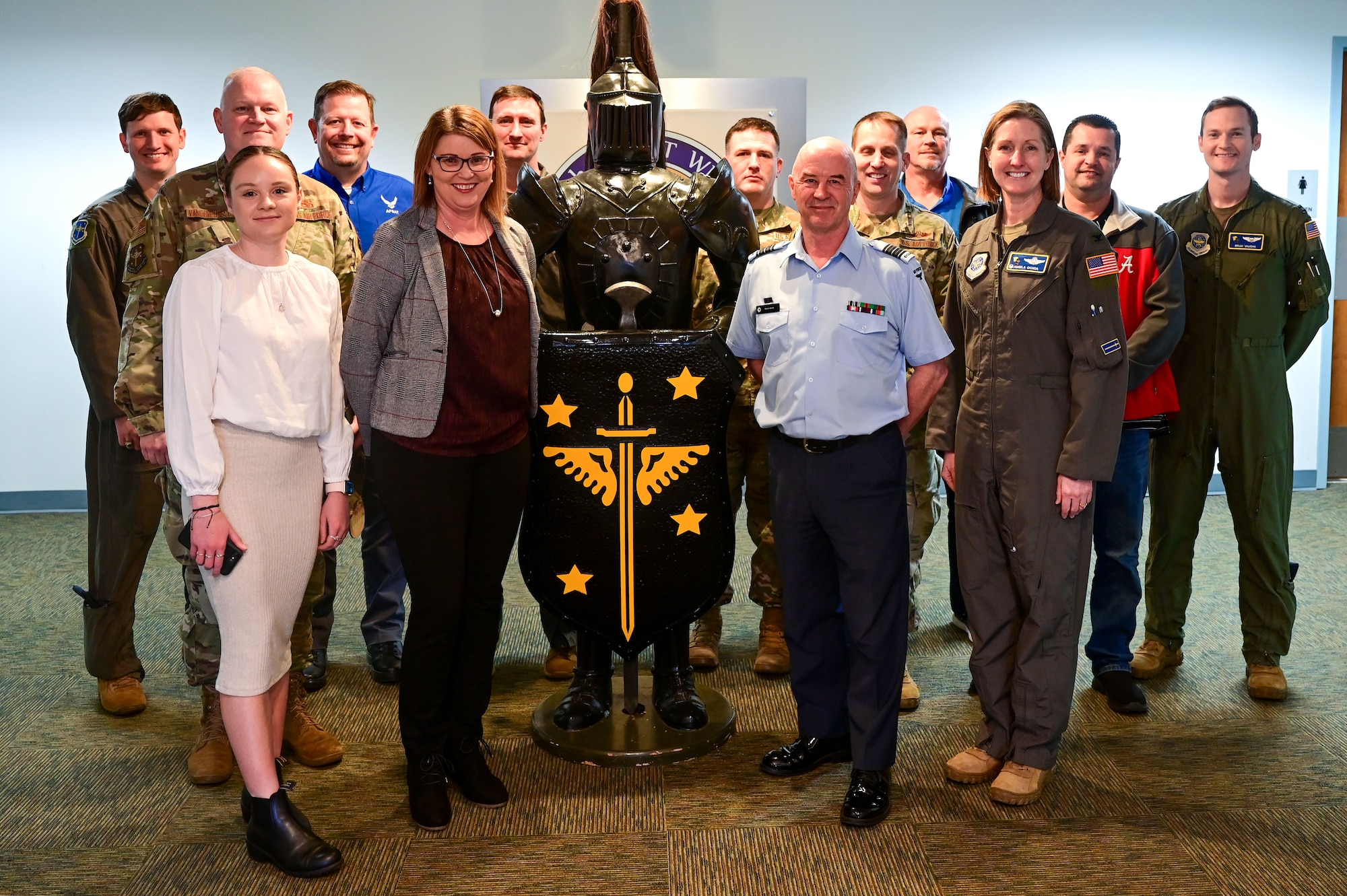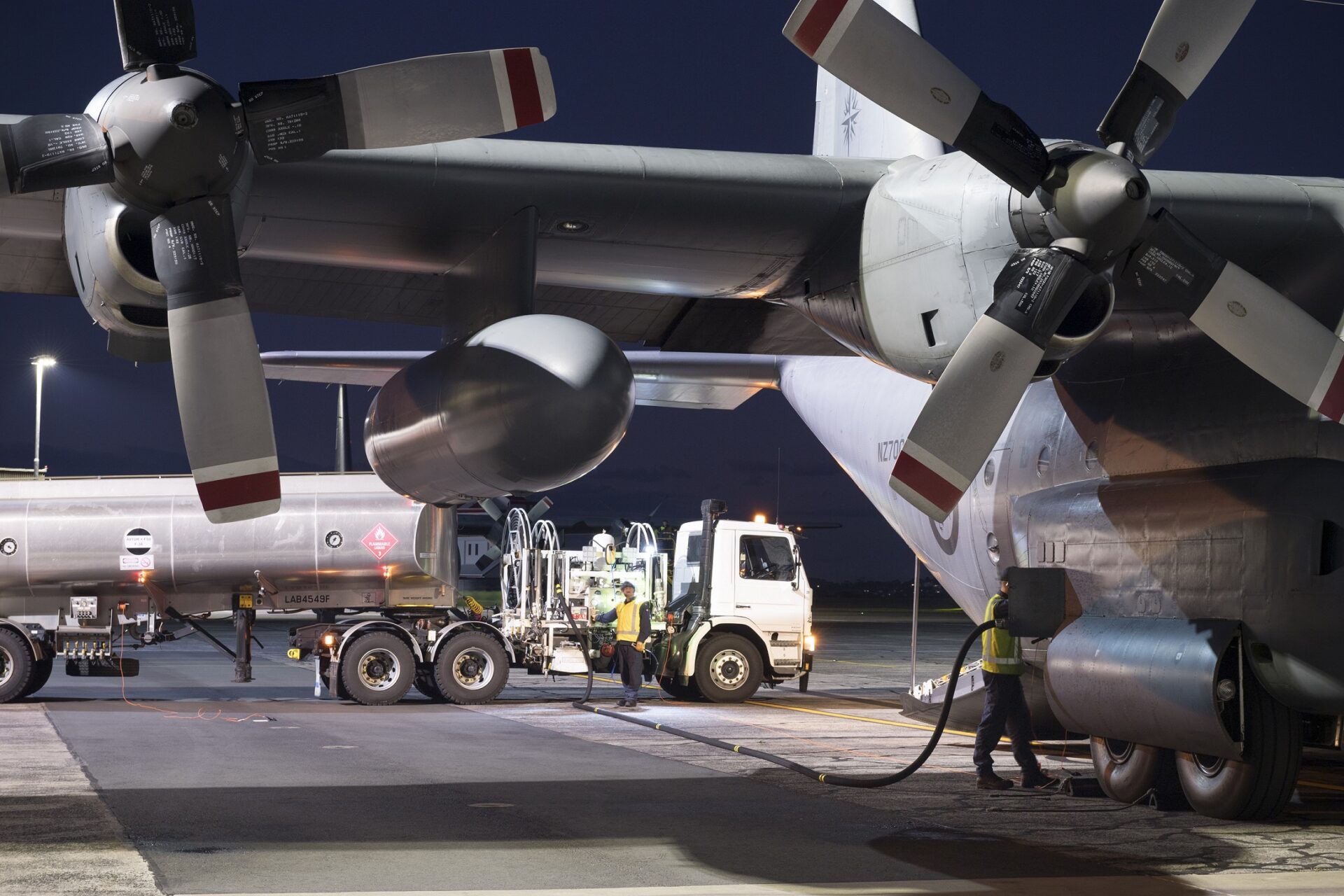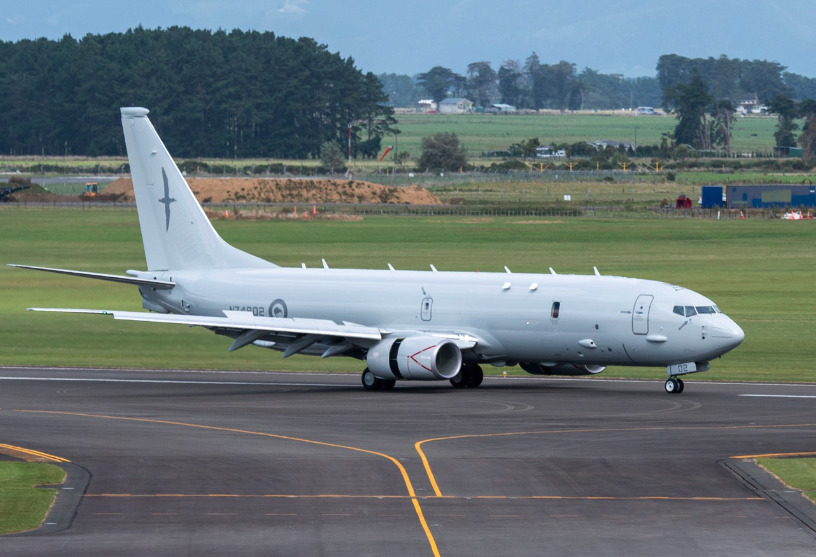Nighthawk.NZ
Well-Known Member
ditto... but I doubt it.A definite yes to the MQ-9B SeaGuardian.
40 kg isn't that much... but that is the weight of the drone itself not it's payload I would suggest any payload would be much less than that if any and still fly in its mission profile. eg range, celling height, speed, etc40kg isn't a lot - 40 lts of freshwater at sea level. However the prototype is just that. Undoubtedly they will have a plan for a larger variant capable of carrying heavier payloads. However, there are CubeSats which aren't large and have Earth Observation & Remote Sensing Capabilities. What their resolution is like I don't know. It may be feasible to use the remote sensing technology from them on this platform, but if the payload weight problem can be addressed, then there is still the matter of power generation and consumption. It's great when it's daylight, but what about darkness?
When you mention cubesats, the average weight of a 12U cubesat is a 24kg which is bugger all. (a mid sized cubesat you can get smaller as 1kg small a and larger ones) Main reason cubesats can be so small is there is no thrusters , fuel, control systems and only basic comms etc... just the bare sensors and components for its mission. If wanting to have more control the satellite becomes much bigger or is plonked upon something like the Photon from Rocketlab etc.
Exactly, and the power of the electric engines, solar panels for charging any batteries (which is adding dead weight)It depends upon how light a maritime surveillance radar can be made and its power consumption, along with the desired resolution.
Looks interesting ... they say it has a flight time of 16 hours but until a prototype is built and tests are done they can say anything on paper... it may only turn our to have a flight time of 10 hrs especially once you start adding in payload etc...We shall see but I think that this is a project that govt should get in behind and fully support.
Last edited:




